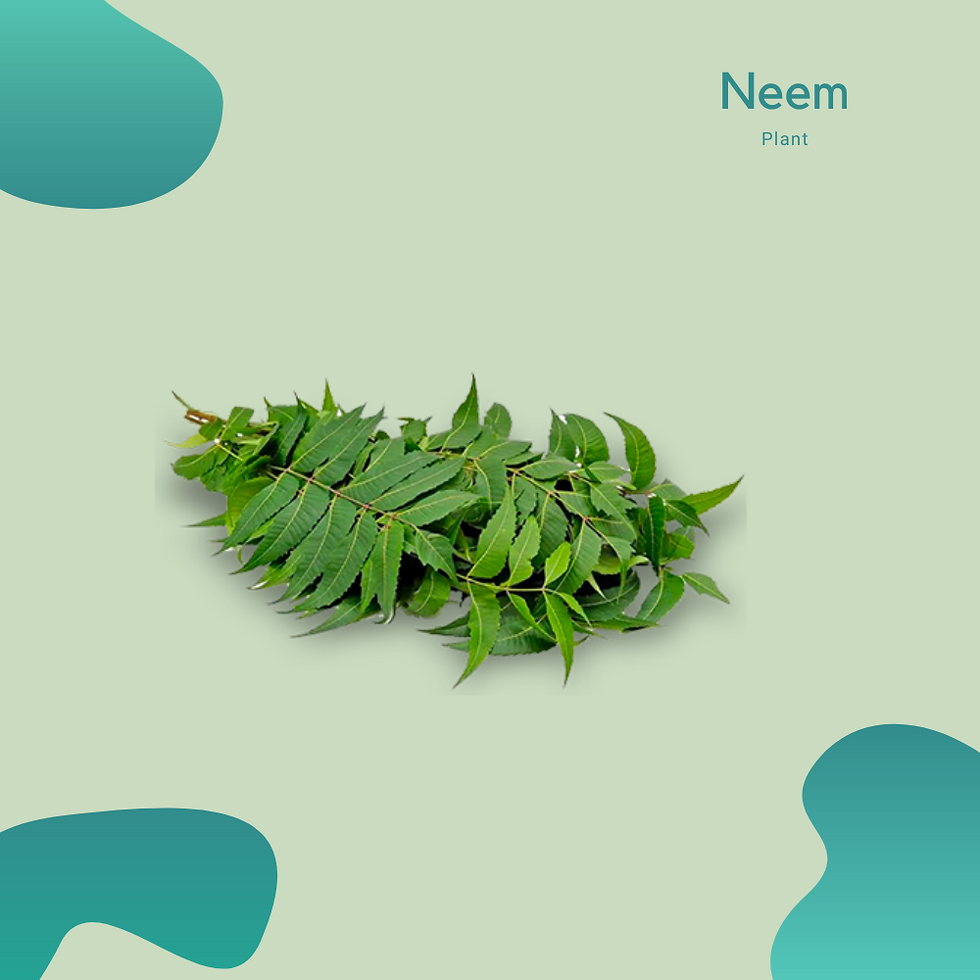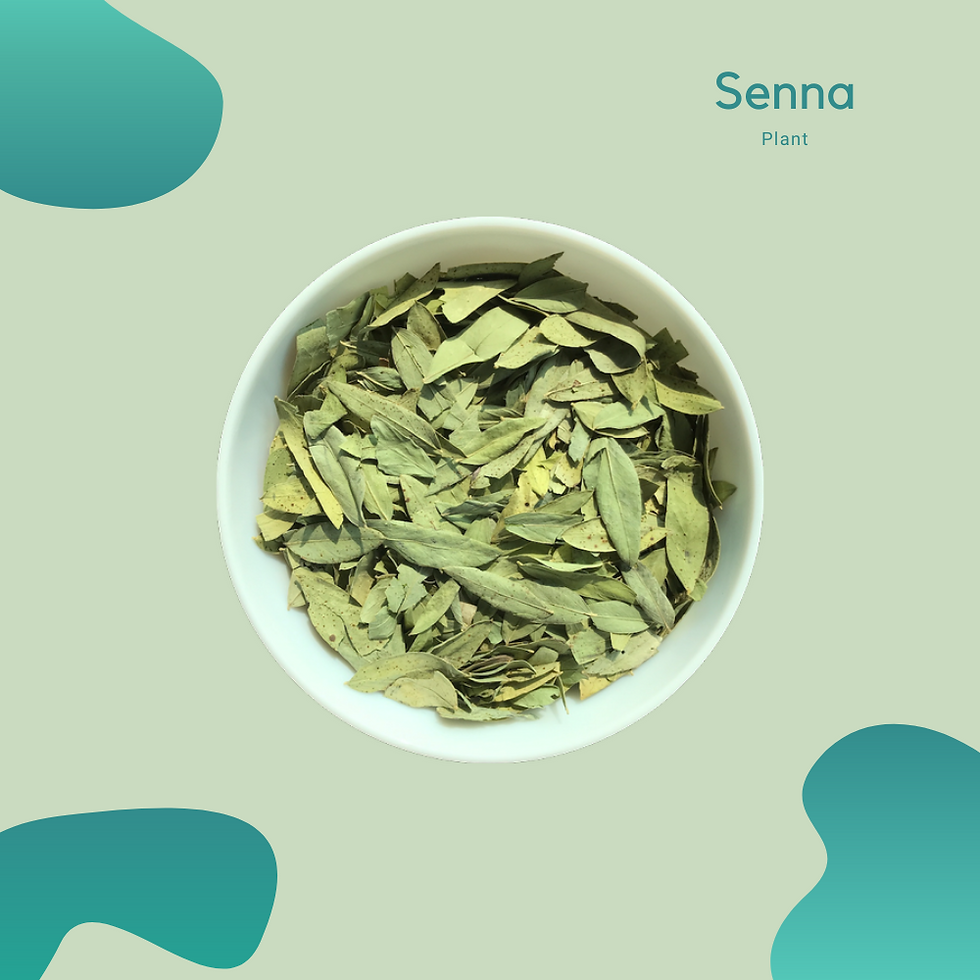5 Basic Ayurvedic Herbs Which are Best For Everyday
- Alan Verdi
- May 9, 2024
- 3 min read
These are few widely available herbs and have a huge nutritional value for over all bodily wellness. These herbs have been used for medicinal purposes in the history of Ayurvedic treatments. Ayurveda affirms a pivotal focus on preventing as well as promoting balance of diet and health. With knowledge of Ayurveda, you get to understand how to attain this balance of body and mind.
ALOE-VERA

Aloe leaves contain a clear gel that's a popular home remedy. According to the Mayo Clinic, this substance may shorten the healing of first- and second-degree burns and promote wound healing. Applying aloe gel to the skin could also help reduce acne and redness caused by mild to moderate psoriasis.
NEEM

Neem is a tree. The bark, leaves, and seeds are used to make medicine. Less frequently, the root, flower, and fruit are also used. Neem leaf is used for leprosy, eye disorders, bloody nose, intestinal worms, stomach upset, loss of appetite, skin ulcers, diseases of the heart and blood vessels (cardiovascular disease), fever, diabetes, gum disease (gingivitis), and liver problems. The leaf is also used for birth control and to cause abortions. The bark is used for malaria, stomach and intestinal ulcers, skin diseases, pain, and fever. The flower is used for reducing bile, controlling phlegm, and treating intestinal worms.The fruit is used for hemorrhoids, intestinal worms, urinary tract disorders, bloody nose, phlegm, eye disorders, diabetes, wounds, and leprosy.
STINGING NETTLE

Stinging nettle is a plant used for diabetes and osteoarthritis. It is sometimes used for urinary tract infections (UTIs), kidney stones, enlarged prostate (benign prostatic hyperplasia or BPH), muscle pain, and other conditions, but there is no good scientific research to support these uses.In foods, young stinging nettle leaves are eaten as a cooked vegetable.In manufacturing, stinging nettle extract is used as an ingredient in hair and skin products.Stinging nettle leaf has a long history of use. It was used primarily as a diuretic and laxative in ancient times.
GINSENG

Ginseng, a regularly top-selling herbal supplement, comes from the root part of several plant species in the Panax genus. The raw root can be peeled and chewed, soaked in wine to make an extract for drinking, or boiled to make a tea. Dried ginseng can be soaked or boiled until it is soft and then stewed to make an extract for drinking. Ginseng is a common ingredient in many energy drinks and teas and it is a regular addition to Asian cuisine.The desire to use natural products that are not mass-produced is understandable. However, it is important to acknowledge that these herbal and homemade treatments come with their own risks. No two ginseng roots are the same, and there is no way to guarantee how much (if any) active ingredient from the ginseng is being ingested when using the natural root.
SENNA

Taking senna by mouth is effective for short-term treatment of constipation. Senna is an FDA-approved nonprescription drug for adults and children ages 2 years and older. However, in children ages 3-15 years, mineral oil and a medication called lactulose might be more effective than taking senna. Senna also appears to be effective for treating constipation when used in combination with psyllium or docusate sodium. In elderly people, senna plus psyllium is more effective than lactulose for treating ongoing constipation. owel preparation before colonoscopy. Taking senna by mouth is as effective as castor oil and bisocodyl for bowel preparation. Some evidence suggests that senna is also at least as effective as polyethylene glycol for bowel preparation.
Source - www.ojasveda.in
_edited_edited_.png)









Comments